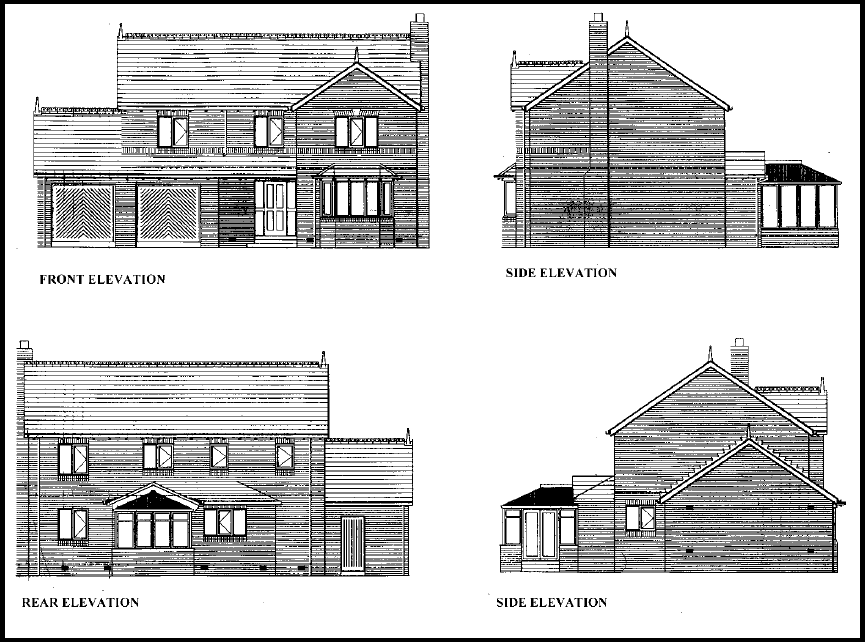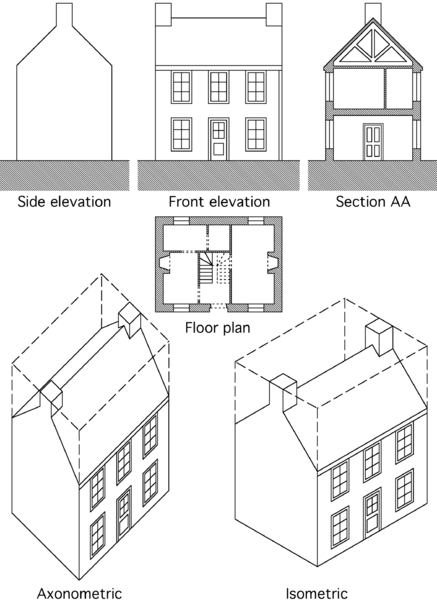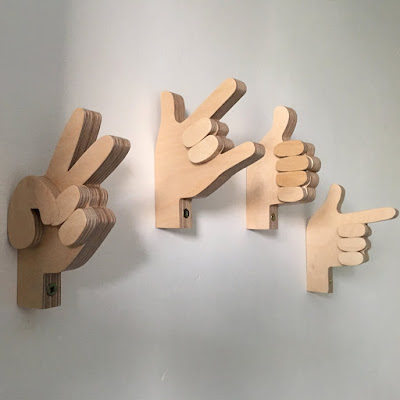Classes worked at different times on the following items. It is important to note that we reviewed the grading policy (below) as mid-terms are being posted Tuesday.
Also students were given a chance to use the table saw to cut a blank for their drill press demo (the storage shelf for ceramics). Students also had time to layout for the drilling, and many students have already demoed the drill press.
Students who have BOTH passed the test and successfully demonstrated proper use are now indpendent on the drill press. (Check the Test & Demo log, or synergy if you are not sure).
Students had time to sketch ideas for their holder.
Today students will be shown how to use a random orbit sander to finish sand the shelf for ceramics.
Each Student is eligible for 5 points each class period.
Unexcused absences will result in 0 points for the missed class.
1 point – On time; prepared with appropriate materials; appropriate clothing and footwear.
4 points – Working independently and collaboratively; following shop rules and protocols for safety and material use; using time efficiently. These standards are similar to our Generals Lead Philosophy of Live to Learn; Engage with Purpose; Advocate for Self and Others; and Demonstrate with Passion.
Final Projects and Academic Work: 20%
Major projects will be evaluated for evidence of following and implementing the plan, and for knowledge of the properties of the materials used.
Safety Tests: 10%
All students MUST pass the safety test and demonstration for each tool or machine that they use in the shop. Students may pass the tests in a variety of form; please see the instructor for options when needed. Students MAY use a machine under the direct supervision of the instructor before they pass the test and demo (in fact this is a great way to learn the proper procedures!). Tests and demos are based on proficiency and may be redone.
There is great info (and practice tests online) at Maucks.com/safety.
Note / Design Book: 10%
The note book should include basic knowledge; examples; protocols; procedures; as well as being a vital process of the design process.
Also students were given a chance to use the table saw to cut a blank for their drill press demo (the storage shelf for ceramics). Students also had time to layout for the drilling, and many students have already demoed the drill press.
Students who have BOTH passed the test and successfully demonstrated proper use are now indpendent on the drill press. (Check the Test & Demo log, or synergy if you are not sure).
Students had time to sketch ideas for their holder.
Today students will be shown how to use a random orbit sander to finish sand the shelf for ceramics.
Grading and Grade Calculation:
Daily Career Related Standards: 60%Each Student is eligible for 5 points each class period.
Unexcused absences will result in 0 points for the missed class.
1 point – On time; prepared with appropriate materials; appropriate clothing and footwear.
4 points – Working independently and collaboratively; following shop rules and protocols for safety and material use; using time efficiently. These standards are similar to our Generals Lead Philosophy of Live to Learn; Engage with Purpose; Advocate for Self and Others; and Demonstrate with Passion.
Final Projects and Academic Work: 20%
Major projects will be evaluated for evidence of following and implementing the plan, and for knowledge of the properties of the materials used.
Safety Tests: 10%
All students MUST pass the safety test and demonstration for each tool or machine that they use in the shop. Students may pass the tests in a variety of form; please see the instructor for options when needed. Students MAY use a machine under the direct supervision of the instructor before they pass the test and demo (in fact this is a great way to learn the proper procedures!). Tests and demos are based on proficiency and may be redone.
There is great info (and practice tests online) at Maucks.com/safety.
Note / Design Book: 10%
The note book should include basic knowledge; examples; protocols; procedures; as well as being a vital process of the design process.




































